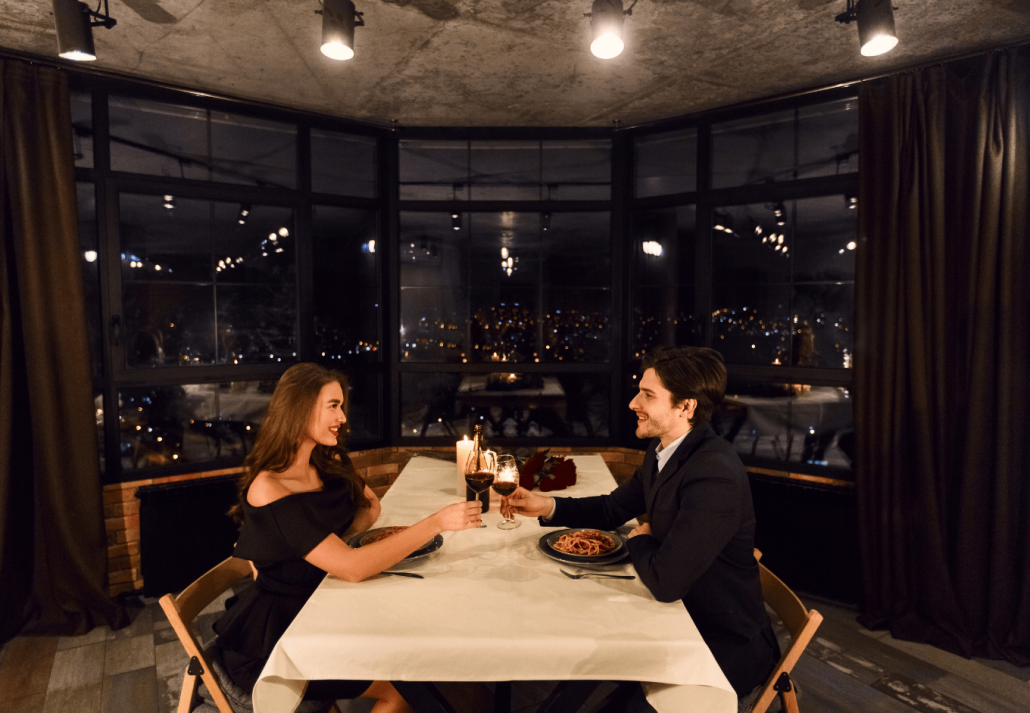There is a Bali beyond influencer’s Instagram reels – and it’s far more beautiful
The filtered version of Bali seen on social media had left Annabel Grossman with no desire to visit, but after travelling to the mountain villages to stay with a local family she discovers a very different side to the...

“It’s like the Costa del Sol for Australians. You’ll hate it.”
The response from my friend who lived in Sydney when I told her I was going to Bali was not positive. And to be honest, I wasn’t particularly surprised. While I had once dreamed of surfing Bali’s legendary breaks and hiking among the island’s breathtaking volcanoes, it had steadily slipped down my list of destinations to visit.
And it seems that Bali could be losing its sheen for influencers, too. Molly Mae’s sister Zoe Rae left the island after just a couple days because it didn’t live up to what she saw on Instagram. This was followed by a series of writers, bloggers and journalists jumping in to say that they too had been shocked to see this island presented behind a sheen of social media filters was not, in fact, just sipping smoothies in chic cafes, swings over rice fields and infinity pools spilling onto glorious golden beaches.
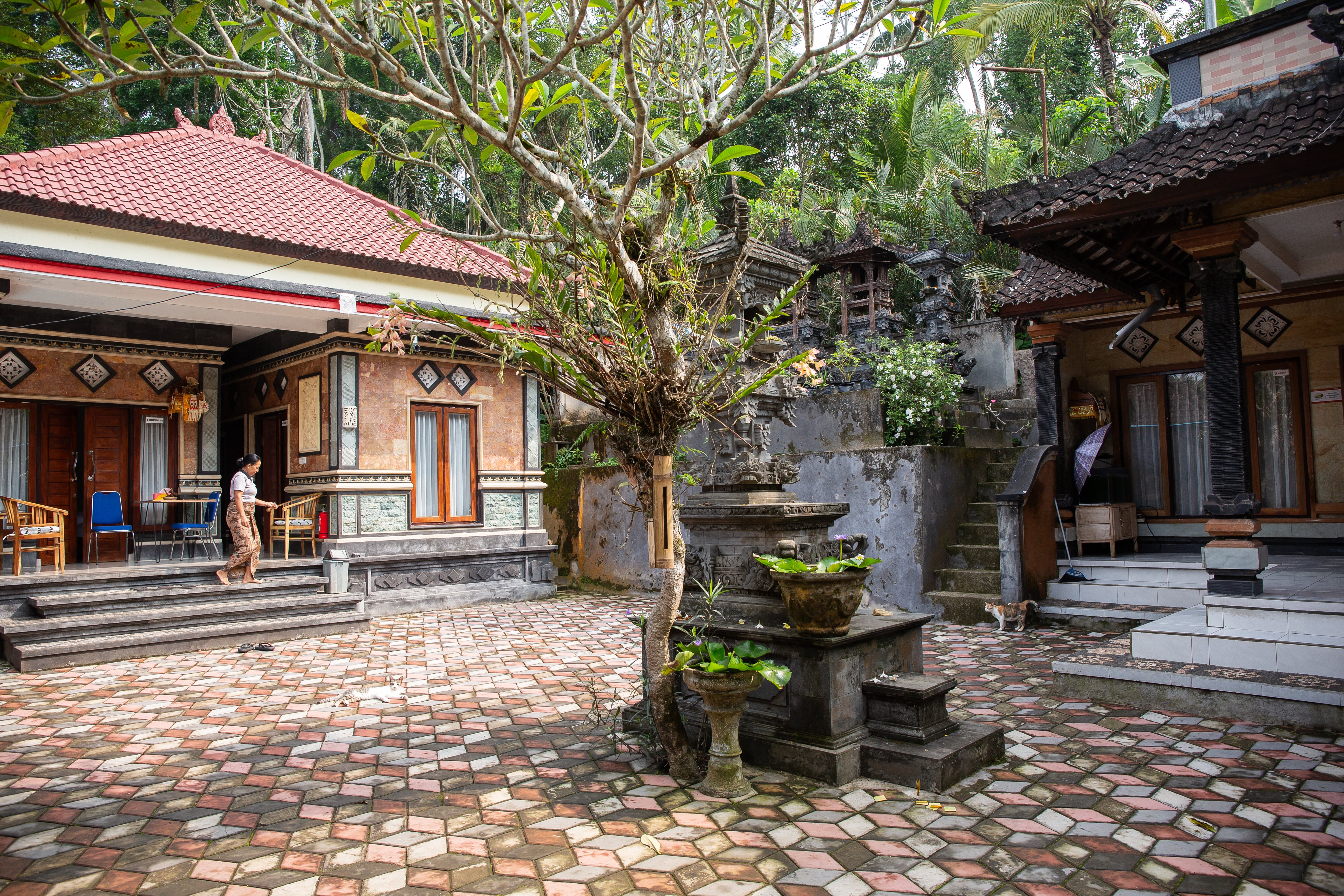
But should we really be all that surprised? This is an island overwhelmed by the number of visitors who have poured in, attracted by its staggering natural beauty, spirituality and hospitality. Without an effective plan to control the surge in tourists, the island has struggled to keep up with the sheer volume, putting a strain on infrastructure, including water supply, waste management and roads. While an economic blessing for some, tourism has been a nightmare for others – drawing local people away from their homes to the visitor hotspots and creating a sense of resentment thanks to several high profile incidents of culturally insensitive tourists disrespecting traditional values and religion.
Read more: This hotel on a remote Indonesian island is using horses for wellness
This was something I felt as I travelled through Bali myself last November. The heart-aching beauty of watching the sun rise over Mount Batur was somewhat tempered by the hundreds of other tourists who had the same idea that morning; the party-like atmosphere, the plastic bottles that littered the trails, and the buzz of a drone flying overhead. The streets of Ubud were choked with traffic, and during my morning run through Denpasar I kicked aside rusted beer cans and broken flip-flops while tourists ate avocado toast in hotels along the promenade.
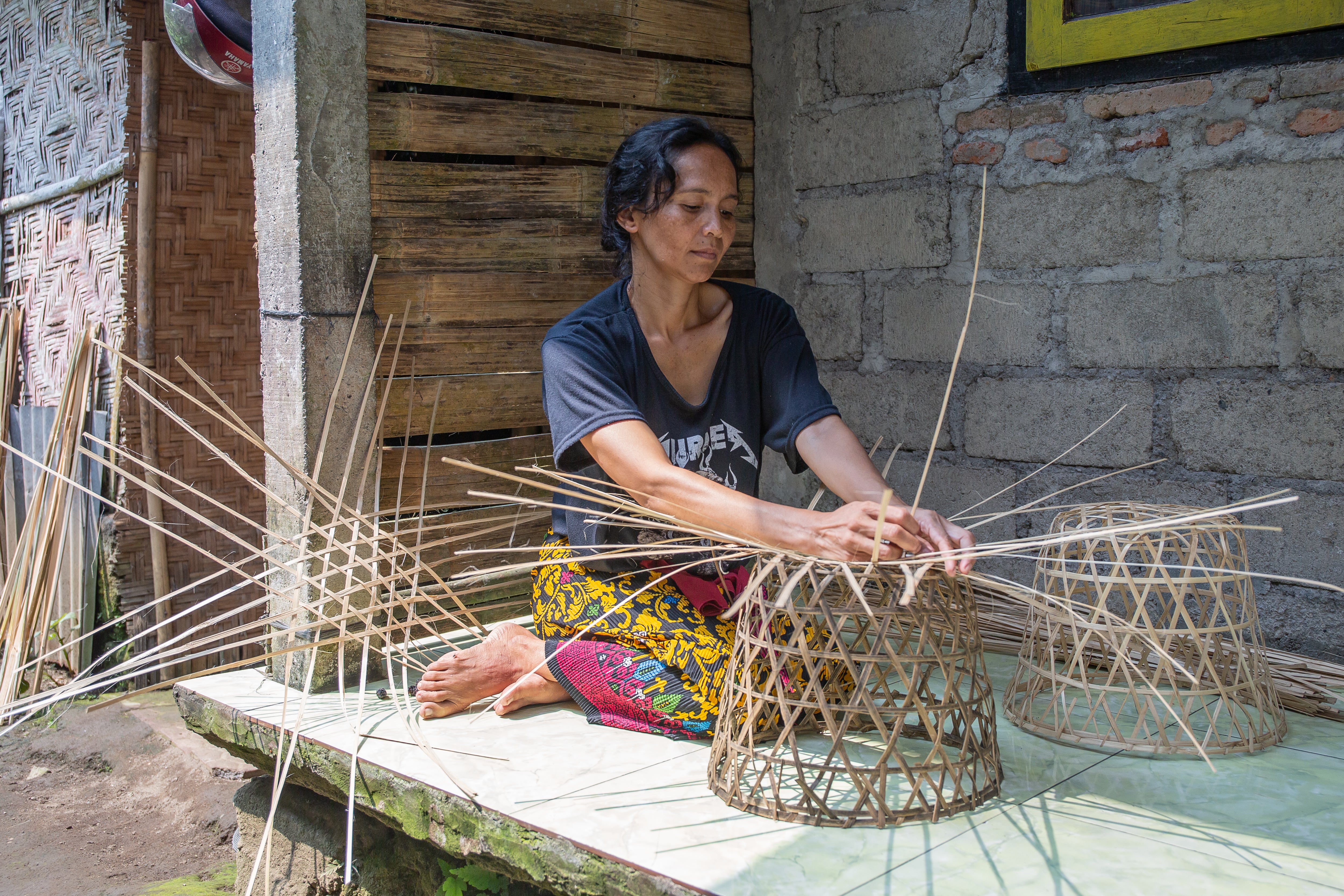
So I ditched the beaches, and headed up into the hills. I was travelling with the travel company Intrepid, which is working with the local communities in Sibetan Village – a rural region on the east of the island that’s home to around 10,000 people – to create a responsible form of tourism.
Ravindra Singh Shekhawat, Intrepid’s general manager for Indonesia, explains to me that this type of trip allows travellers to see a whole new side of Bali while also supporting those who live there.
He explains: “Bali is a lot more than its beaches and tourist hotspots, and by staying with local families in Sibetan our travellers can really immerse themselves in Balinese culture and life. They’re also directly supporting community-based tourism that creates jobs and sustains the local economy.
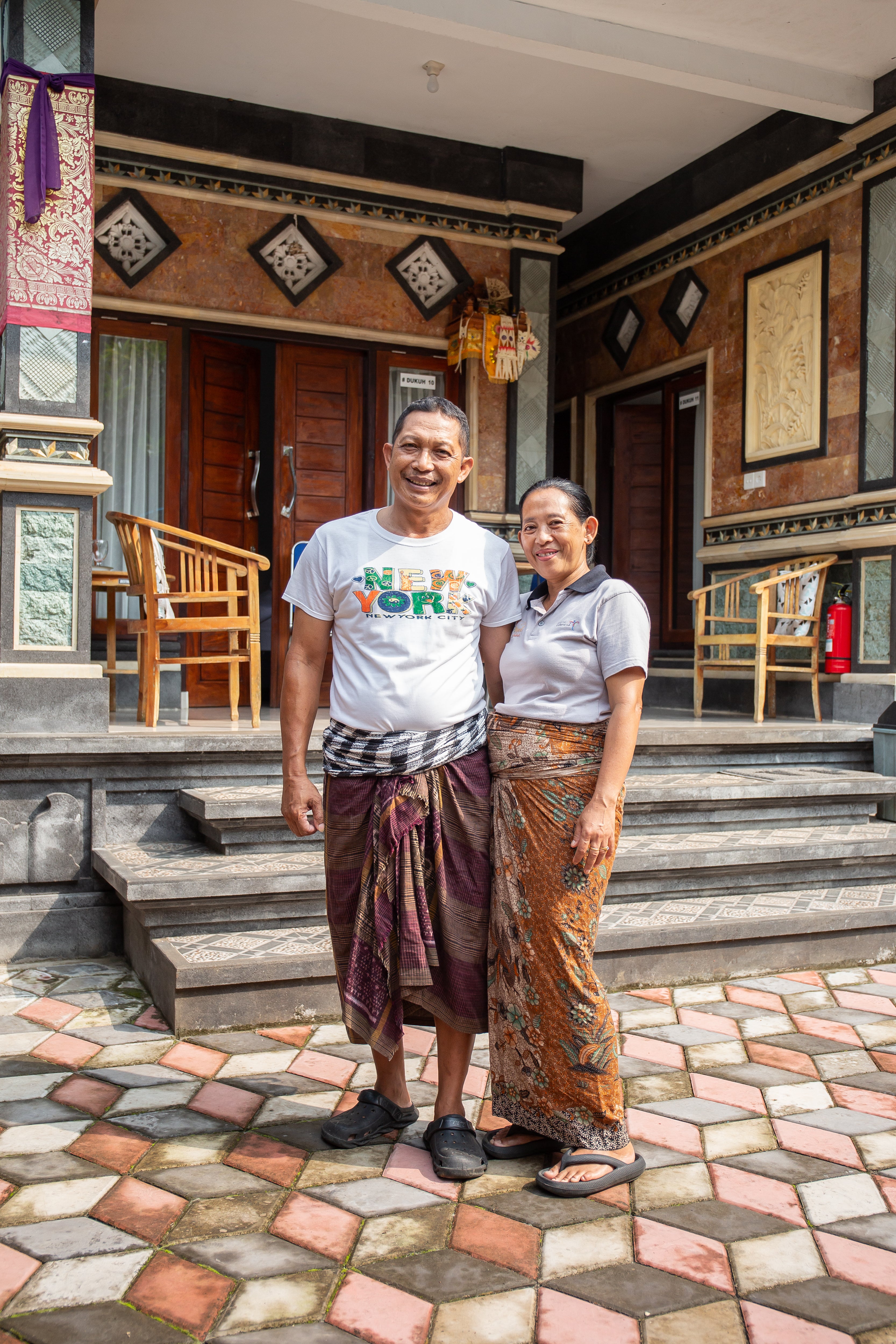
“It’s not only a more meaningful way to experience Bali but has a positive impact on a local community too.”
Homestays mean that the village is not encouraged to build hotels or bring in chain restaurants or shops, which allows the community to maintain their way of life.
We wound our way through the mountain roads to the small sub village of Banjar Dinas Dukuh in Sibetan, which is best known for farming salak, a fruit with a distinctive snakeskin texture that’s both sweet and acidic.
Read more: The most beautiful crowd-free destinations to visit in 2025
Sibetan previously relied solely on farming for an income, and the population declined steeply as young people moved away to seek opportunities in the tourism industry. This was often in hotels on more developed parts of the island, and sometimes on cruise ships.
The arrival of Intrepid’s community project in 2023 has encouraged more people to stay in the village. They can now find jobs with a sustainable income by hosting, guiding and organising the tours.
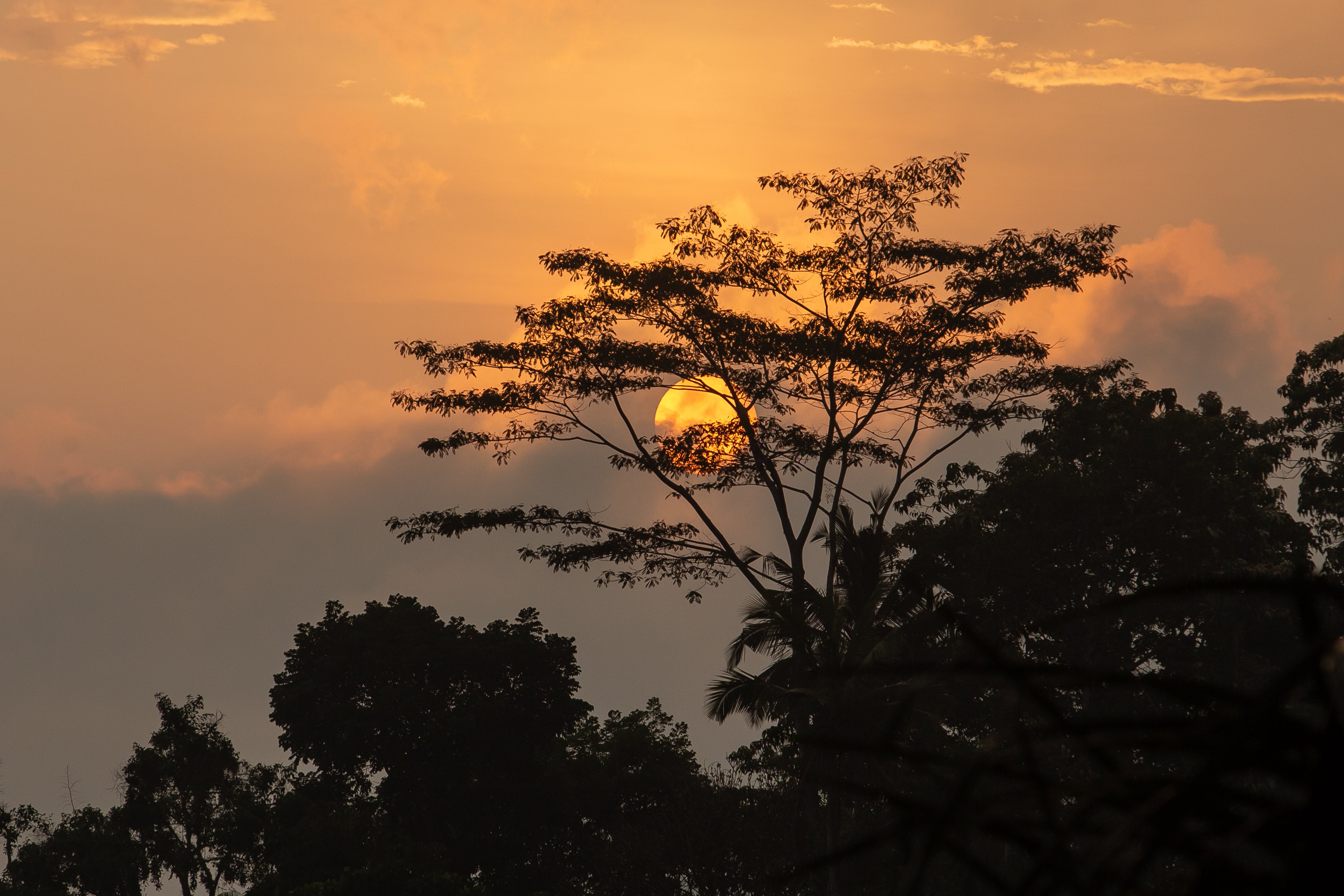
We arrive at the community hall in the centre of the village. While walking through the streets, dogs trot along beside us, while local people poke their heads out from their homes and greet our small group.
The night is spent at the home of Ni Nengah Armini (Nengah) and I Komang Ada Saputra (Komang), along with their teenage daughter and multiple dogs and cats who mill around in the yard as we arrive. The rooms are simple but spotlessly clean, with crisp white sheets, powerful fans and remarkably strong wifi.
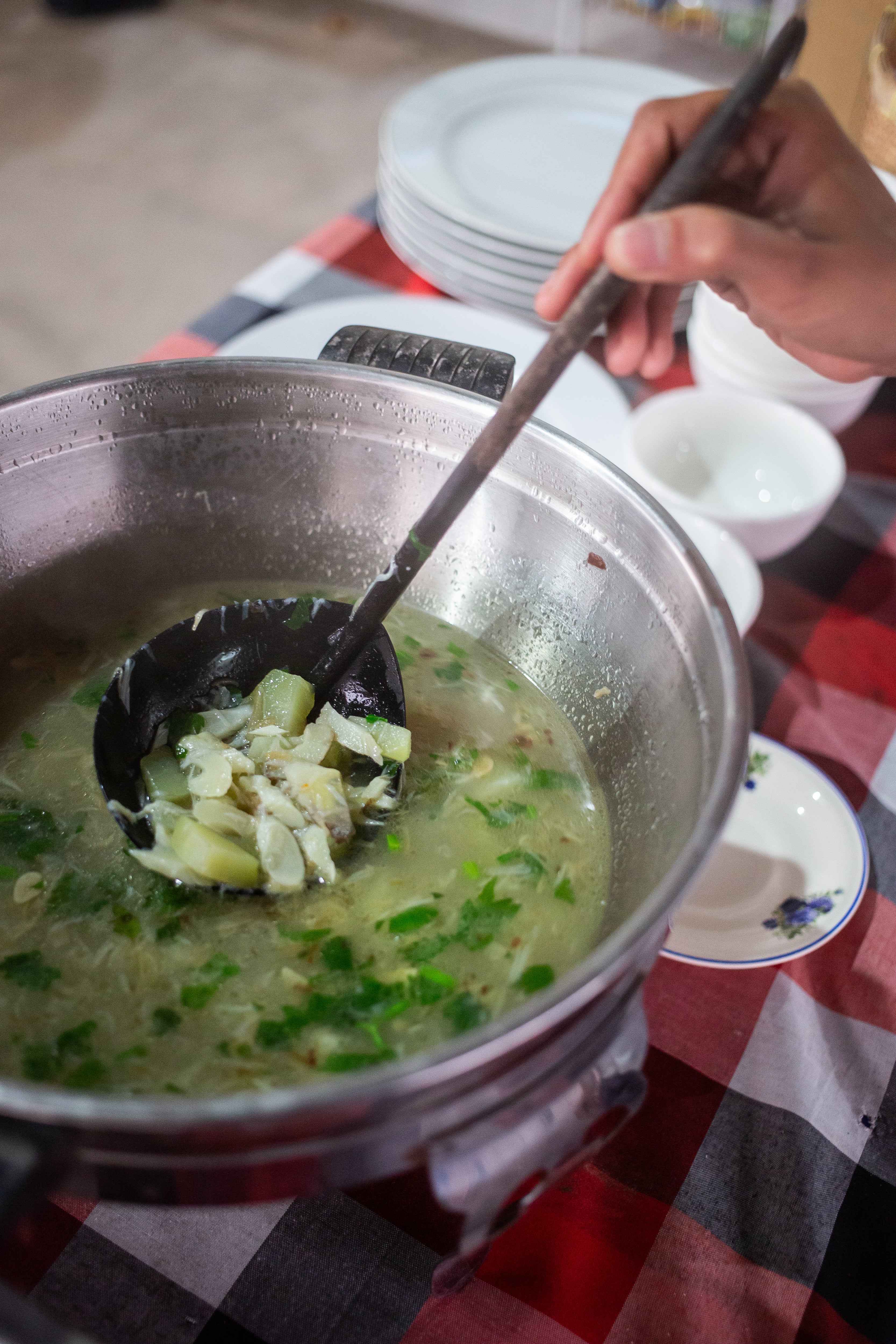
This is a quiet village, but there’s plenty for tourists to do during a short stay. Local tour guides I Wayan Septiawan (Wayan) and I Gede Aditya Permana Putra (Adit) show us around; we see the temple (guests are asked to respect local traditions and not to go inside), receive a lesson on traditional Balinese Gamelon instruments, have a go at basket weaving with some of the local women, and visit the salak plantation, which has been the lifeblood of the community for generations. Food is simple, fresh and prepared by local people: Wayan and Adit gleefully show us the selection of (rather strong) salak fruit wine made in the village.
Made Sukman is part of the team who organises these visits to Sibetan. He grew up in the village but tells me that he initially moved away to work in hotels and on cruise ships, before returning to work for Intrepid.
He explains how the income generated is shared among the community; although there are just eight host families, there are 121 families in the village, and the project has been designed to benefit them all. Among other things, the tourism revenue has been used to bring a dance teacher to the local school and to set up a plastic recycling programme.
Read more: This paradise island is a quieter, cheaper alternative to Bali
That night, after dinner at a local restaurant just outside the village, I stand on Pemukuran Hill and look out over the lush green canopy that stretches to the ocean in the distance.
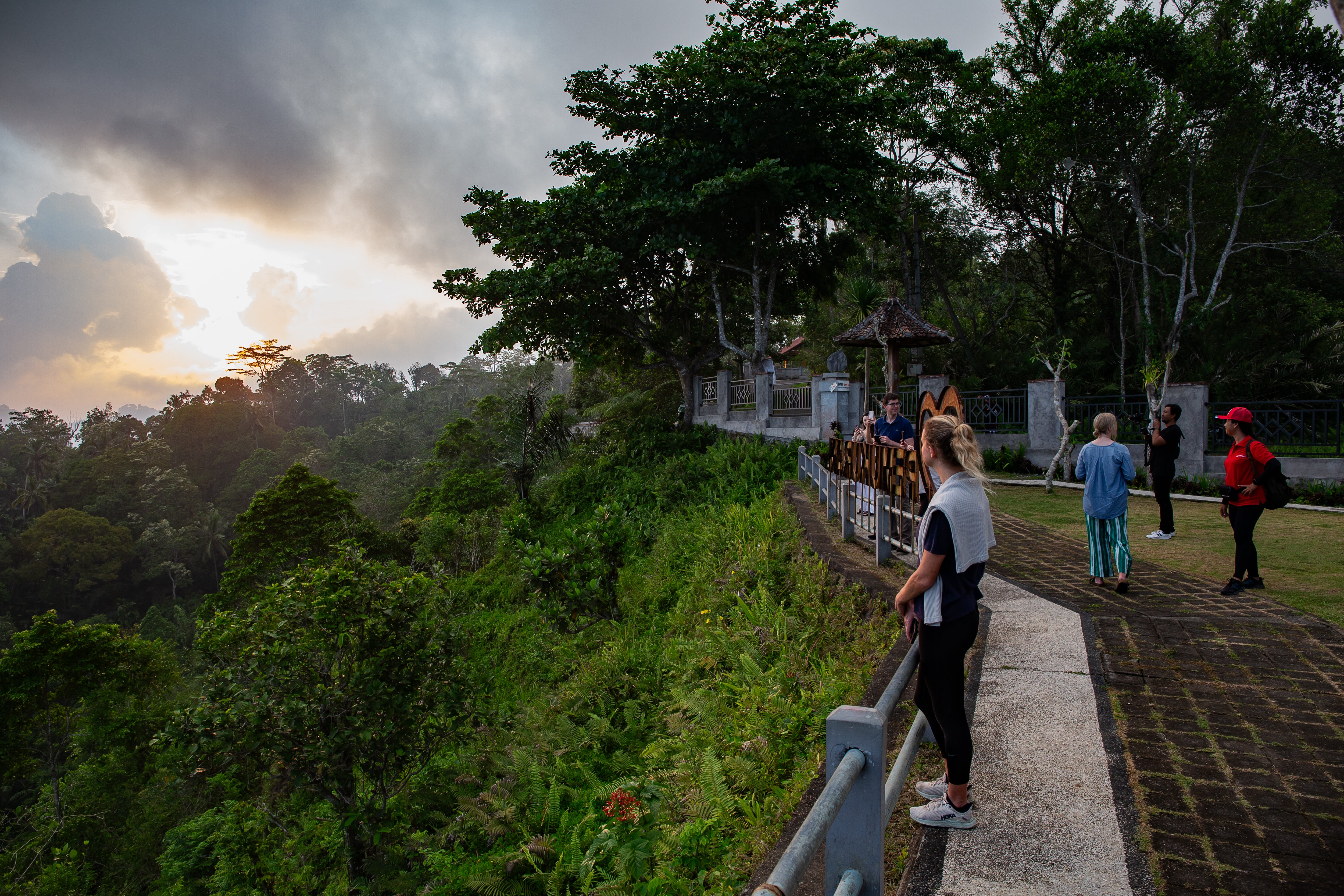
Down there is where you might find the Bali of TikiTok and Instagram – with the infinity pools, yoga studios and beauty salons; where influencers pose by Buddha statues, order iced matcha lattes and film reels of themselves at bougie brunches. But up here in Sibetan Village, it feels a world away. Admittedly, this isn’t the sort of travel that would suit everyone. Zoe Rae’s sister would undoubtedly baulk at the lack of AC, the steep climb from the house into the village, and the cockerel who acted as a (very) early alarm call.
But maybe this is the real beauty of Bali, and it’s about time that we start looking at this enchanting island in a different way. Beyond the beaches, there’s a whole other Bali worth visiting – and I believe it’s far better.
Annabel was travelling in Bali as a guest of Intrepid Travel.
Intrepid’s 9-day Beautiful Bali trip includes a homestay at Sibetan Village, along with experiences such as visiting Mount Batur and Bali Barat National Park. Prices start at £501pp.
Read more: Ditch Phuket’s crowds for these beautiful Thailand islands

 ValVades
ValVades 



















![The 2026 AI Search Benchmark Every SEO Leader Needs [Webinar] via @sejournal, @lorenbaker](https://www.searchenginejournal.com/wp-content/uploads/2025/11/1-259.png)






